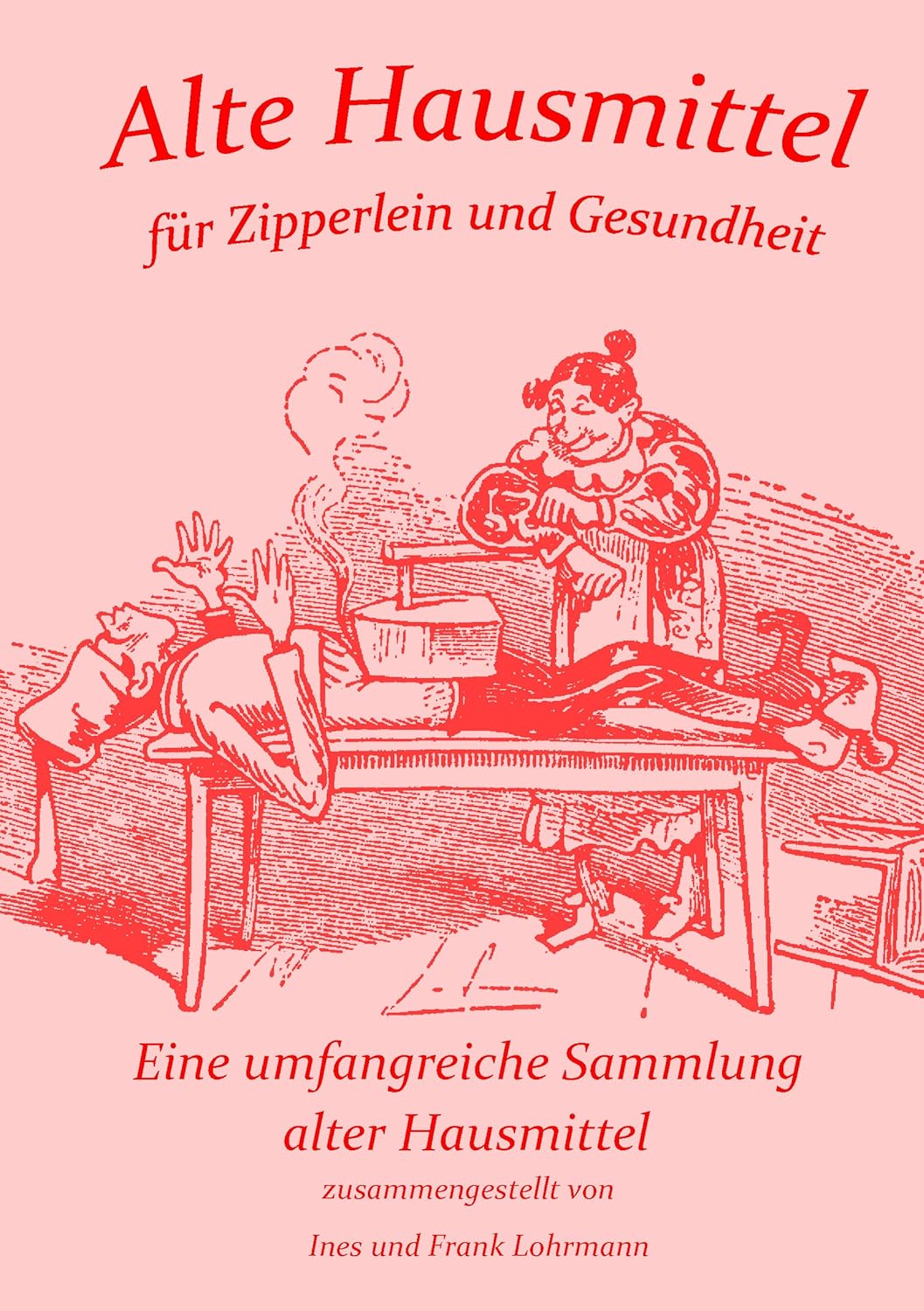Unsere Facebook-Gruppe: Heilpflanzen als Medizin
: - Acmella oppositifolia (Lam.) R.K.Jansen
Englisch: button of gold, creeping spotflower, Golden camomile, Golden chamomile, Opposite-leaf Spotflower, opposite-leaved Para cress, Oppositeleaf spotflower, Spilanthes
Portugiesisch: jambu
Spanisch: botoncillo, botón de oro, chisaca, chisaca calentano, chisaca de cafetal, rizaca, santa maría, yuyo quemado

© chaseyb
Lizenz: http://creativecommons.org/licenses/by-nc/4.0/
Lizenz: http://creativecommons.org/licenses/by-nc/4.0/
Synonyme :
Acmella buphthalmoides (Jacq.) Pers.
Acmella buphthalmoides (Jacq.) Rich.
Acmella mutisii (Kunth) Cass.
Acmella occidentalis (Willd.) Rich.
Andrieuxia mexicana DC.
Anthemis americana Mutis
Anthemis buphthalmoides Jacq.
Anthemis occidentalis Willd.
Anthemis oppositifolia Lam.
Anthemis ovalifolia Ortega
Anthemis ovatifolia Ortega
Ceratocephala americanus (L.f.) Kuntze
Ceratocephala diffusus (Poepp.) Kuntze
Ceratocephala subhirsutus (DC.) Kuntze
Ceratocephalus americanus (L.fil.) Kuntze
Ceratocephalus diffusus (Poepp. & Endl.) Kuntze
Helemonium canescens (Kunth) Steud.
Helenomoium canescens (Kunth) Willd.
Helenomoium canescens (Kunth) Willd. ex DC.
Helianthopsis buphthalmoides (Jacquin) Dunal
Helianthus buphthalmoides (Jacq.) DC.
Helianthus cordatus Lam.
Helianthus cordatus Lam. ex DC.
Heliopsis buphthalmoides (Jacq.) Dunal
Heliopsis canescens Kunth
Heliopsis dubia Dunal
Heliopsis oppositifolia (Lam.) S.Díaz-Piedrahíta
Heliopsis pulchra T.R.Fisher
Heliopsis rugosa Hort.Berol.
Heliopsis rugosa Hort.Berol. ex DC.
Hemolepis canescens E.Vilm.
Kallias ovata Cass.
Nemolepis canescens (Kunth) Vilm.
Spilanthes americana (Kuntze) Hieron.
Spilanthes americana (L.f.) Hieron.
Spilanthes americana (Mutis) Hieron. ex Sodiro
Spilanthes disciformis B.L.Rob.
Spilanthes mutisii Kunth
Spilanthes oppositifolia (Lam.) D' Arcy
Spilanthes oppositifolia var. oppositifolia
Spilanthes phaneractis (Greenm.) A.H.Moore
Spilanthes sartorii Sch.Bip.
Spilanthes sartorii Sch.Bip. ex Klatt
Stemmodontia elongata Rusby
Verbesina ovata Hort.Par.
Verbesina ovata Hort.Par. ex Poir.
Vorkommen: Südamerika, Südliches Mittelamerika
Weitere Informationen, Nutzen: (Wichtiger Hinweis!)
Blätter: essbar, werden geschnitten, als Mischsalat mit Paprika
Medizinisch:
Die Pflanze wird hauptsächlich gegen Leberleiden verwendet.
Die Blätter wirken wundheilend und antiabortiv, Blätter, Blüten und Früchte wirken schmerzstillend, antibakteriell, blutungstillend, sie werden bei Zahnschmerzen verwendet.
Aktivität:
Hungervertreibend; Anästhetikum; Betäubend; Entzündungshemmend; Gegen Flecken; Krampflösend; ZNS-Stimulans;
Indikation:
Akne; Altersflecken; Aphten; Arthrose; Bisse; Dermatose; Entzündungen; Gallenbeschwerden; Halsentzündung; Hepatose; Karies; Krämpfe; Rheuma; Rückenschmerzen; Schmerzen; Verbrennungen; Zahnschmerzen; Zuckungen: Halsgeschwür;
Dosis:
Wurzelabkochung als Anästhetikum und zur Schmerzlinderung
Blätter gegessen gegen Hunger, Leberprobleme
Blätterumschlag gegen Flecken
Tee zum Krämpfe lösen
Speisewert:
Medizinisch
Abmessungen:
Frucht Größe:
Samen Größe:
Wuchsform
Blütezeit
Pflanze Jährigkeit
Haare
Blätter
Blütenstand
Blüten
Früchte
Verbreitung
 Nordamerika
Nordamerika  Südamerika
Südamerika  Previous
Previous
